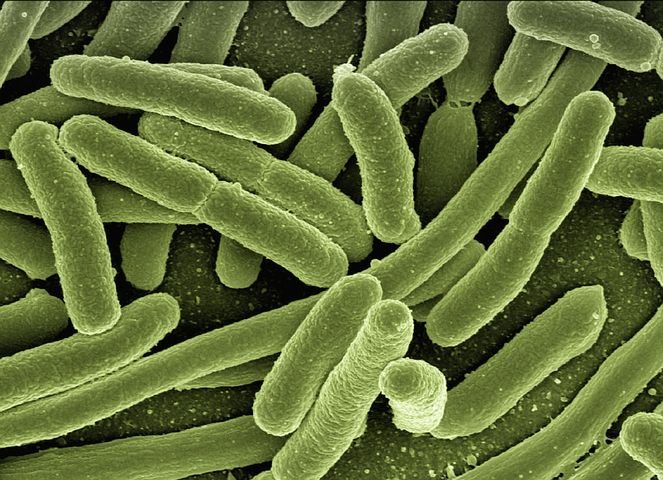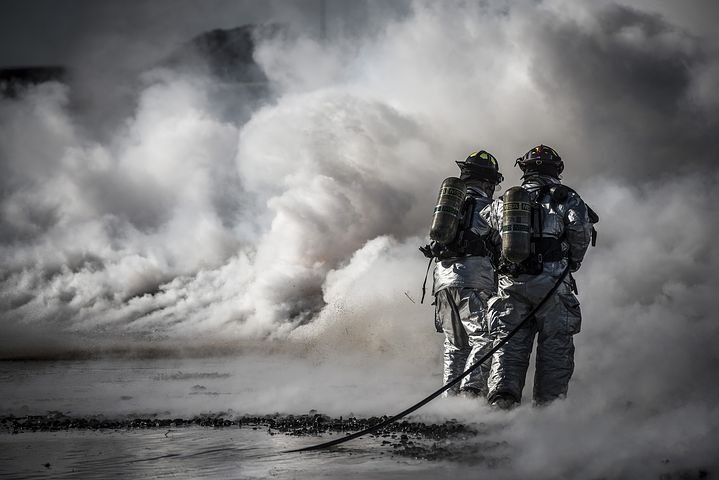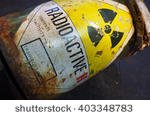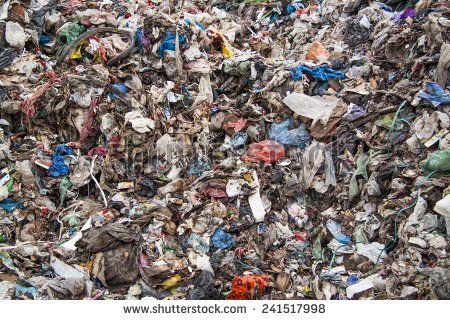First and foremost, our society is greatly concerned with exposure to technological risks.
What is mean by risk: Risk is a function of the probability of loss (danger) and the magnitude of potential loss (damage). It can be thought of as (probability of loss) x (magnitude of potential loss).


It is the society’s collective will to minimize risk or the potential ham/loss to individuals and communities. are ideas in obtaining safety. This is because Technological devices, projects on products all retain an associated risk of hazard of harm to individuals or communities. The risk to society as a result of the introduction of nuclear or coal fired power plants, or the development of a large darn up-river for the society may raise the risk to life in that community Similarly, the movement of toxic substances through the community as big rail road or tank may increase the risk of living in that community; With the development of technology, society experience heightened interest in the analysis and discussion of the assessment of risk itscl and the acceptability of that risk. [,l‘he qualification and measures risk and acceptability of risk are of great concern to government a in“ industry. as well as to individuals. The perception of the hazard of risk is often ascertained by regulatory agencies as well as local community
agencies. Such as those ascribed to the ingestion of asbestos or the al‘tect of radiation in the atmosphere over a long term.
in addition, what is safety: Safety can be thought of as the absence of hazards or minimization of exposure to hazards.
Matters of safety in the work place involve the quantitative assessment of an engineering exercise and identification of potentially hazardous events associated with a given project. And hazard is a condition that has the potential to cause injury, damage to equipment or facilities, loss of material or property, or a decrease in the capability to perform a prescribed function.
Suffice it to note that the toilet is the worst possible solution to the problem of” human waste disposal. This is because instead of disposing, it merely transports to create a problem elsewhere. Nevertheless, Waste can also be categorized in the familiar compartment of air water solid waste and nuclear. although we must recognize the ecological interplay between them. The following is a list of significant issues about whose social impact Technology and Society magazine solicits contributions.
Nuclear waste: (a) Technological solutions to disposal of fission plant wastes; (b) extent of potential hazardous wastes from fusion power e.g. tritium.

Air pollution: Carbon dioxide from fossil fuel; short and long range effects on the atmosphere, feasible methods of controls and costs.

Solid waste: (a)energy generation from municipal waste. (b) methods of disposal (or reduction) of industrial wastes; cost and cost/benefit made off; effects of government policies.

I wrote a style guide for STEM posts that you might find interesting (or not, up to you): Procrastilearner's Style Guide For Science and Technology Posts.
That one Shutterstock image might not be free-for-reuse? Even though it is on Pixabay it is a sponsored ad image so I think it might not be a free for all. I could be wrong though.
Be careful or the Steemstem curators might downvote you for that (just a friendly heads up).